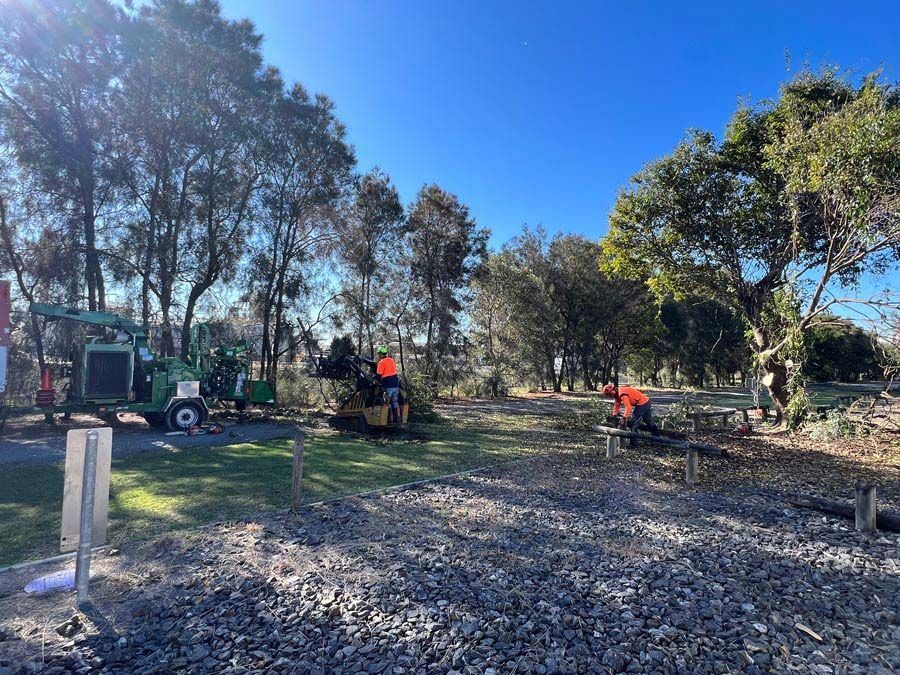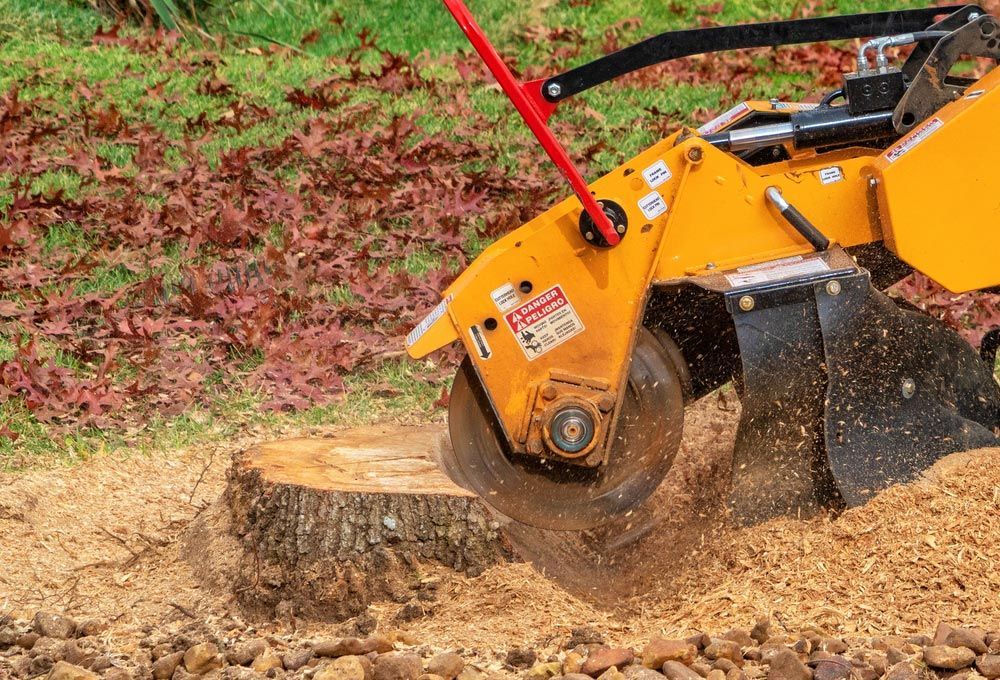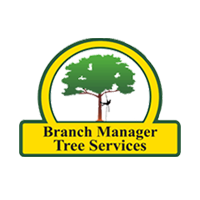Understanding The Land Clearing Process: A Step-By-Step Guide

Land clearing is an essential first step in many construction, agricultural and development projects. Whether you’re preparing a site for building or converting land for agricultural use, the process involves more than just removing trees and vegetation. Proper land clearing requires careful planning and expertise to ensure the land is ready for its intended purpose. In this comprehensive guide, we’ll walk you through the key steps involved in land clearing, offering insights into how each phase can contribute to the overall success of your project.
Assessing the Land and Identifying Clearing Requirements
The first step in land clearing is a comprehensive assessment by professionals. A thorough examination of the terrain, vegetation and any existing structures is critical. Professionals will evaluate the type and density of vegetation, the presence of large trees or stumps and any potential hazards that could impact the clearing process. This assessment is vital for developing a tailored plan that addresses the specific needs of your project.
Engaging professionals from the outset ensures all factors are considered, including the intended use of the land after clearing. Whether preparing a site for construction or converting land for agricultural use, the clearing requirements will differ. For instance, a construction site may need levelling and debris removal, while agricultural land may require removing vegetation and roots completely. Professionals will create a detailed plan that aligns with your project goals, ensuring a smooth and efficient clearing process.
Obtaining Necessary Permits and Approvals for Land Clearing
Land clearing is subject to a range of legal requirements designed to protect the environment, wildlife habitats and cultural heritage sites. Depending on the location and scope of the project, different permits may be required, such as those for removing specific types of trees or working in environmentally sensitive areas.
Professionals ensure all necessary paperwork is completed and approvals are obtained before any clearing work begins. This proactive approach safeguards your project from legal issues and ensures the clearing process adheres to best practices for environmental conservation.
Choosing the Right Equipment and Techniques for the Job
The choice of equipment depends on various factors, including the type of vegetation, the size of the area and the specific requirements of your project. Professionals will assess these factors and select the right tools to ensure the job is done efficiently and safely. The equipment can include:
- Excavators: These are ideal for the removal of large trees, stumps and rocks, particularly in areas with uneven terrain.
- Mulchers: These allow professionals to efficiently clear smaller trees and dense underbrush, converting them into mulch that helps prevent soil erosion.
- Skid Steers: Versatile machines operated by professionals equipped with attachments like stump grinders for various clearing tasks.
Professionals will ensure the land is cleared effectively, with the appropriate equipment and techniques tailored to your project’s specific needs.
Implementing Erosion Control and Soil Conservation Measures
Once the land clearing is complete, it’s essential to implement erosion control and soil conservation measures. Clearing land often leaves soil exposed, making it vulnerable to erosion from wind and rain. Professionals can employ various erosion control techniques to stabilise the soil. These measures are critical in preventing sediment runoff into nearby water bodies, which can lead to environmental damage.
Soil conservation is another area where professional expertise is indispensable. If the land is intended for agricultural use, professionals may recommend practices like maintaining buffer zones of vegetation to preserve the soil’s fertility and structure. These methods ensure the land remains productive and environmentally sustainable. Consulting with experts ensures the cleared land is prepared for immediate use and protected for the future.
Need Land Clearing on the Sunshine Coast?
Whether you're preparing for construction, agriculture or any other purpose, the right approach to land clearing can be the key to your project's success. At Branch Manager Tree Services, we understand land clearing is more than just removing trees—it's about preparing your land for its future purpose with care and precision. We offer a wide range of services to ensure your site is prepared for its next phase. Our team is ready to handle your project, regardless of your site's size, scope or condition. Get in touch with us today to book a consultation with our team.














